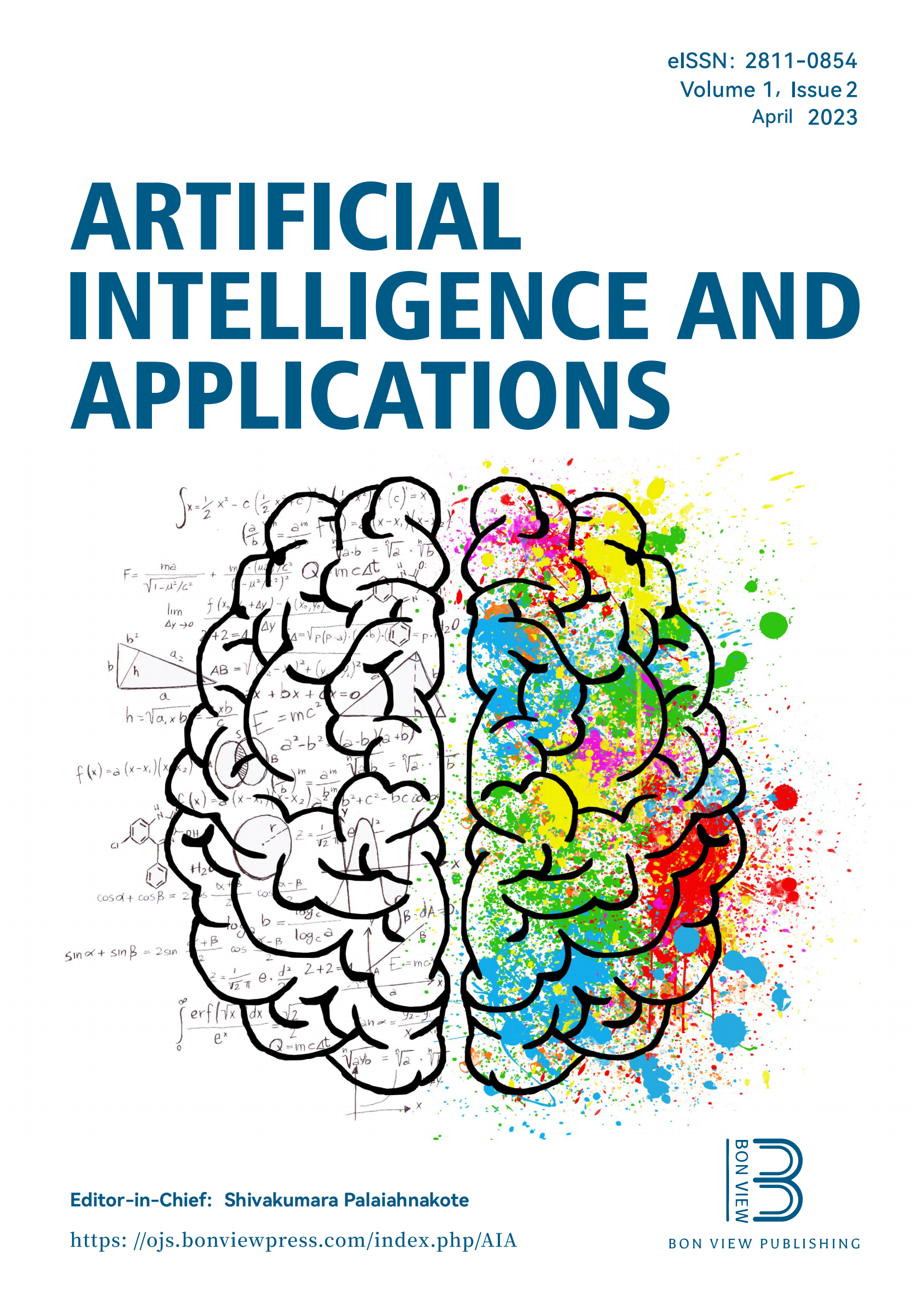Human-Centric Functional Computing as an Approach to Human-Like Computation
DOI:
https://doi.org/10.47852/bonviewAIA2202331Keywords:
Human-Centric Functional Modeling, Human-Centric Functional Computing, General Collective Intelligence, functional state spaceAbstract
This paper makes the argument that the hypothetical “functional state space”-based computing model described in this paper is a fundamentally new and different approach of disruptive importance. This paper argues that all functional states in any given functional state space can be reached in terms of a set of basic operations like in the case of other state spaces. The difference is that the functional states are separated in this space by a “semantic distance” that reflects their similarity, and that separating functional states according to similarity in this way introduces the possibility of generalizing between one functional state and another. Assuming all problems in understanding any system modeled in terms of functional state space can be represented as the lack of a path from one functional state to another, and that all solutions are represented by the processes within the system that allow the system to transition between the two functional states, then general problem-solving ability with respect to any system is potentially represented by the volume of its functional state space that can be navigated per unit time to find a solution, multiplied by the density of functional state space that has to be navigated through to find it. Simple geometric arguments in functional state space suggest that this separation of functional states by semantic distance in turn creates the possibility of exponentially increasing ability to solve problems in understanding the system when the ability to generalize can be increased until it spans the entire functional state space. Assuming the human cognitive system can be represented as operating within a functional state space (the so-called “conceptual space”), and assuming that this conceptual space is a complete semantic model of concepts and reasoning, then by computing in terms of paths providing a complete representation of the meaning of reasoning, where those navigate through that space between functional states providing a complete representation of the meaning of their underlying concepts, any individual or collective artificial cognition might potentially transfer meaning rather than just information at vastly greater speed and scale. The ability to transfer meaning suggests that one of the problems that computing based on functional state spaces deduced through Human-Centric Functional Modeling (or so-called “Human-Centric Functional Computing”) might exponentially increase the capacity to solve is the problem of automatically generalizing computing solutions in order to reuse them in solving other problems where they apply, and doing so at vastly greater speed and scale without the need for human reprogramming.
Received: 30 August 2022 | Revised: 24 October 2022 | Accepted: 13 December 2022
Conflicts of Interest
The author declares that he has no conflicts of interest to this work.
Metrics
Downloads
Published
Issue
Section
License
Copyright (c) 2022 Author

This work is licensed under a Creative Commons Attribution 4.0 International License.






